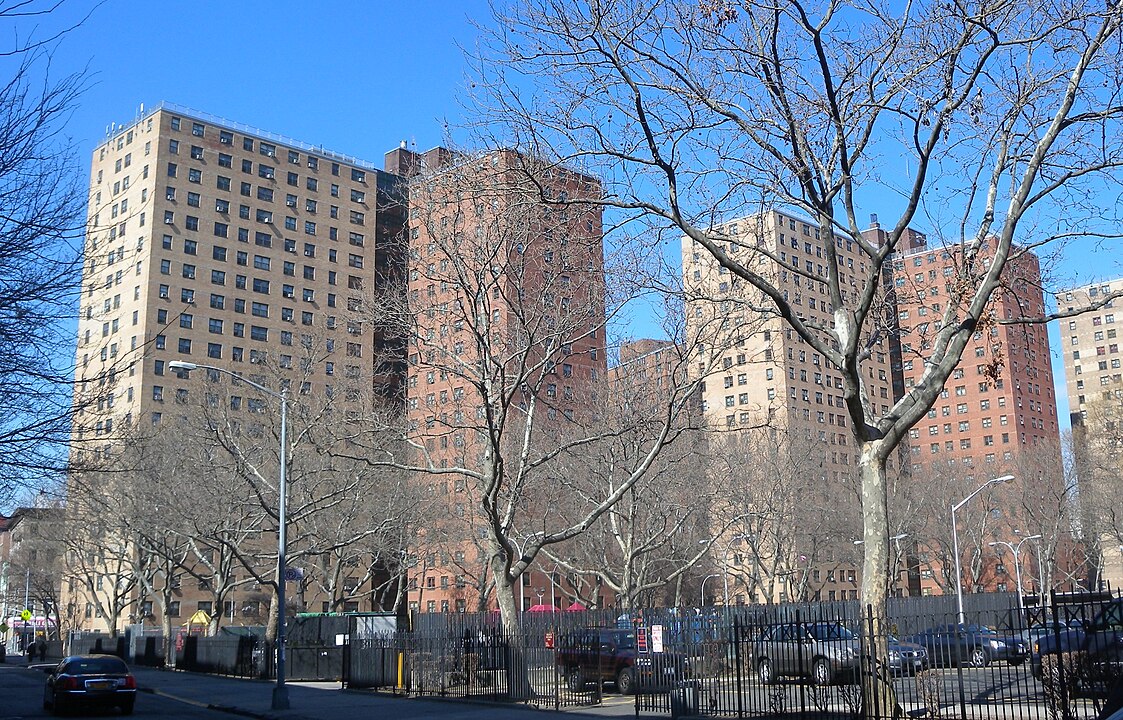Between 1916 and 1970, more than 6 million Black Americans left the rural South for jobs, votes, and safety in northern, midwestern, and western cities. They built newspapers, churches, unions, and music scenes that still shape daily life in 2025. This guide adds context to city names with dates, rules, and places, like shipyards that ran 24 hours in 1943 or court decisions in 1948 that weakened housing covenants. Learn how neighborhoods formed around stations, factories, and streets.
1. Chicago’s Bronzeville Builds the Black Metropolis
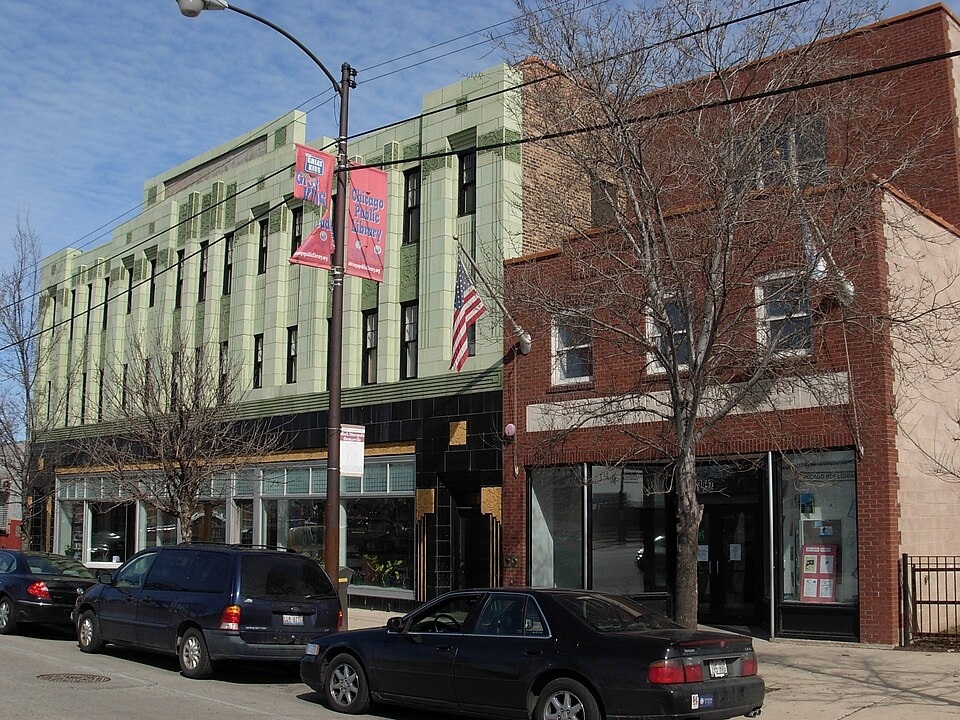
Chicago’s Bronzeville, often called the Black Metropolis, grew fast after 1916 as trains rolled into the 12th Street Station. The city’s Black population rose from about 44,000 in 1910 to over 230,000 by 1930, driven by stockyards and steel mills. The Chicago Defender, founded in 1905, advertised jobs and northbound tickets. After restrictive covenants, the 1948 Shelley v. Kraemer decision weakened enforcement. Clubs on 47th Street, busy churches, and savings circles helped neighbors register voters and pay rent during hard winters off Lake Michigan.
2. Detroit’s Black Bottom and Paradise Valley Fuel Factory Pay
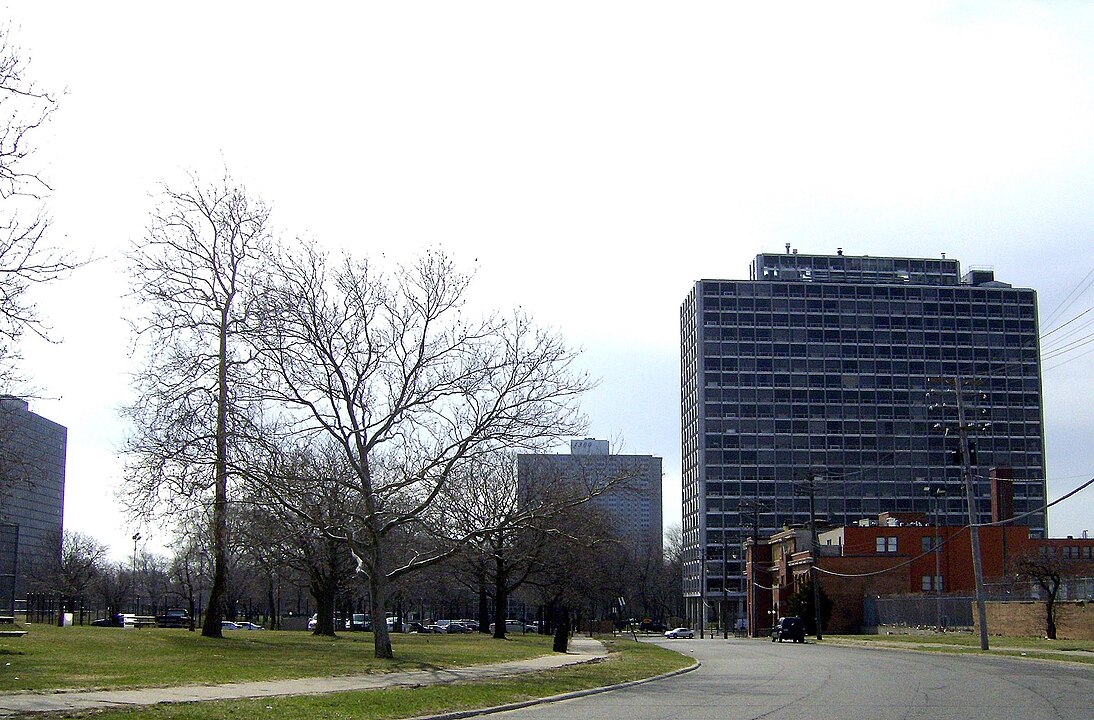
Detroit’s Black Bottom and Paradise Valley expanded with factory pay and wartime shifts. Henry Ford’s five dollar day began in 1914, then the River Rouge complex boomed during the 1940s. The city’s Black population climbed from under 6,000 in 1910 to more than 120,000 by 1930. The UAW formed in 1935 and bargained wages, seniority, and safety rules on the line. Hastings Street clubs filled after shifts, and Eastern Market stalls fed families. Freeway work in the late 1950s cut blocks, yet churches kept job boards and childcare running.
3. Harlem in New York City Becomes a Cultural Capital
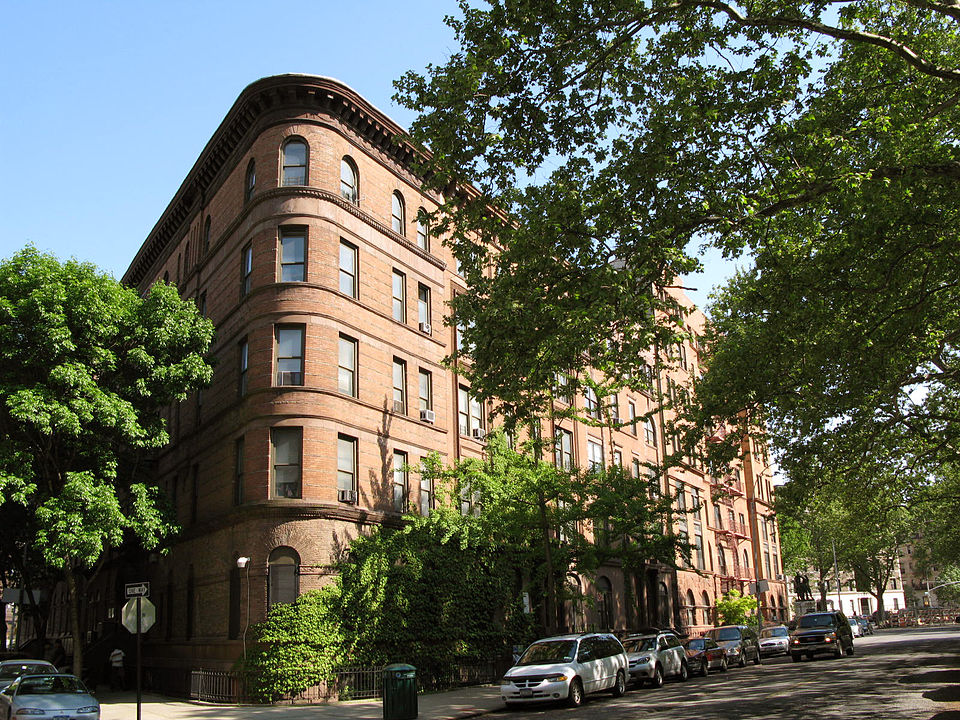
New York City’s Harlem became a cultural capital in the 1920s, blending jobs and art. The Apollo opened in 1913, and the Schomburg Collection entered the New York Public Library in 1925. Tenement flats near 135th Street held rent parties that paid musicians and bills. Garment shops and docks kept wages steady. By 1940, more than 300,000 Black New Yorkers lived across Manhattan, Brooklyn, and the Bronx. Subway lines reached Uptown by the early 1930s, connecting readers, workers, and bands to midtown theaters and offices.
4. Philadelphia’s South Street Networks Back Navy Yard Jobs
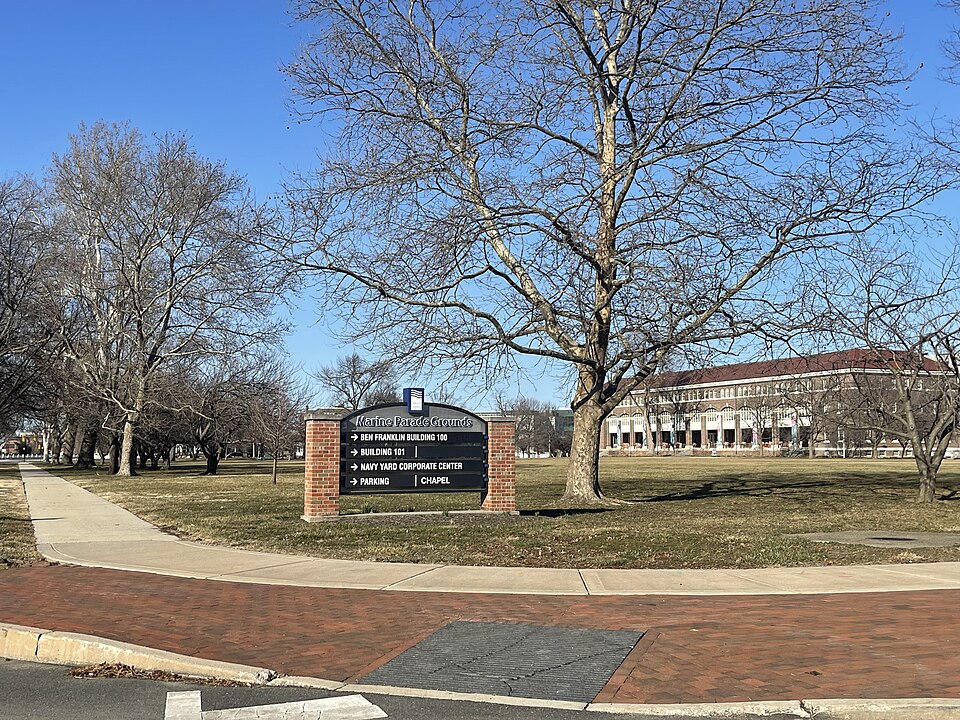
Philadelphia’s South Street and the 7th Ward anchored tight networks that W. E. B. Du Bois mapped in 1899. The Philadelphia Tribune, founded in 1884, covered hiring, housing, and schools as Navy Yard jobs surged in 1942. Executive Order 8802 in 1941 pressed defense contractors to avoid discrimination, opening welding classes. Rowhouses filled with tomato vines and corner hoagie shops. By 1950, trolley lines and the Market Street subway elevated carried students and shipfitters between classrooms, churches, and the waterfront each weekday.
5. Pittsburgh’s Hill District Shapes Steel and Jazz Life
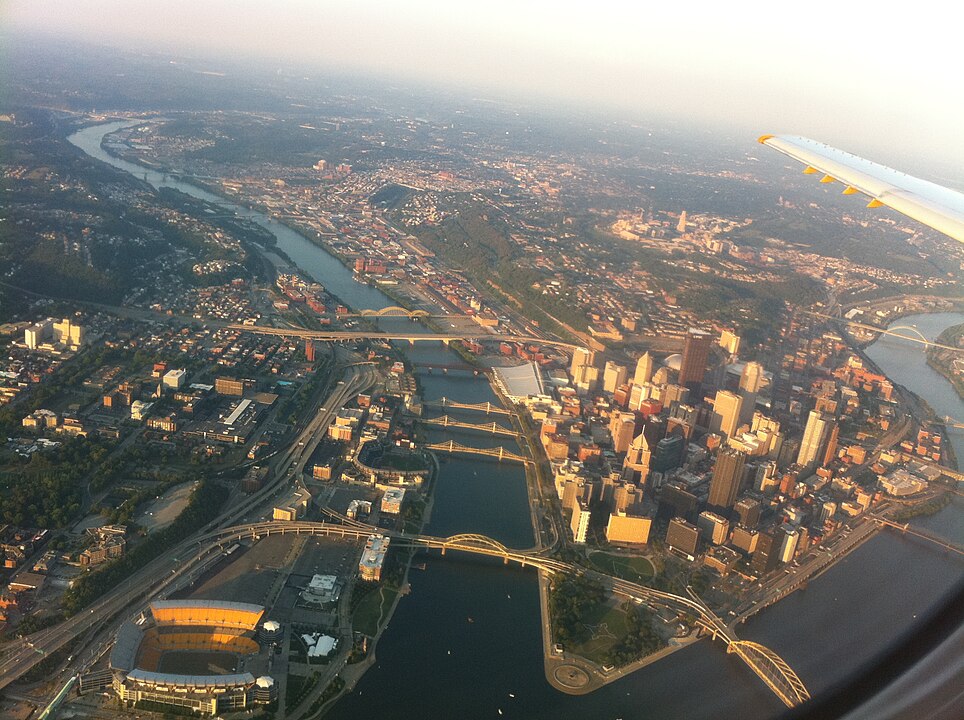
Pittsburgh’s Hill District rose with steel shifts and jazz sets. The Pittsburgh Courier, founded in 1907, grew into a national paper by the 1940s and promoted the Double V campaign during World War II. The Crawford Grill opened in 1930, hosting late bands after Jones and Laughlin mill hours. Streetcars linked the Hill to the Strip District’s produce warehouses. Overcrowding pushed families into subdivided houses, yet block clubs organized winter coal deliveries and savings plans that kept neighbors afloat when mill whistles stopped.
6. Cleveland’s Fairfax and Glenville Anchor Arts and Industry
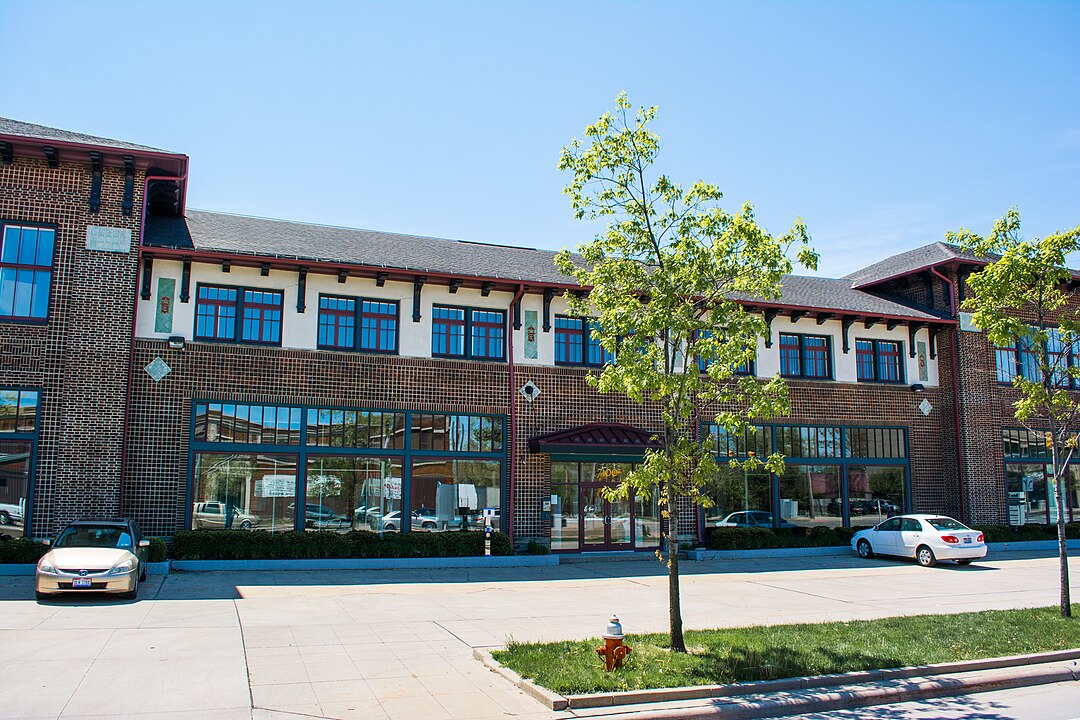
Cleveland’s Fairfax and Glenville mixed arts and industry on Lake Erie. Karamu House started in 1915, training actors and staging new plays, including work with Langston Hughes in the 1930s. Steel, auto, and rail yards hired newcomers, growing the Black population several times between 1910 and 1930. After 1966 unrest, churches launched tutoring, food pantries, and tenant clinics. Winter windchill below 32°F shaped routines, from layered coats at bus stops to salted intersections so shift workers and students reached jobs and classes on time.
7. Los Angeles’ Central Avenue Thrives in Wartime and Beyond

Los Angeles’ Central Avenue thrived with wartime hiring and music. Families from Texas and Louisiana arrived as aircraft plants in Santa Monica and Burbank expanded during the 1940s. The Dunbar Hotel opened in 1928 and anchored touring bands. Streetcars, then buses, carried swing shift workers across South Los Angeles. By 1950 the city’s Black population had climbed sharply. After 1965, neighborhood groups built clinics and youth leagues, while sunshine supported backyard gardens and weekend block parties that stretched along warm sidewalks every summer.
8. Oakland’s West Oakland and Shipyards Forge Labor Power

Oakland’s West Oakland and nearby Richmond surged with wartime shipbuilding. Kaiser Shipyards launched hundreds of vessels between 1941 and 1945, pulling round the clock crews. Pullman porters based in West Oakland backed the Brotherhood of Sleeping Car Porters, organized in 1925, which trained leaders in bargaining and civics. Seventh Street clubs filled after graveyard shifts. Wartime housing rules packed families near tracks. By the late 1960s, container cranes along the estuary shifted jobs from warehouses to terminals, altering schedules, pay scales, and training needs.
9. Washington, DC’s U Street and Howard University Lead
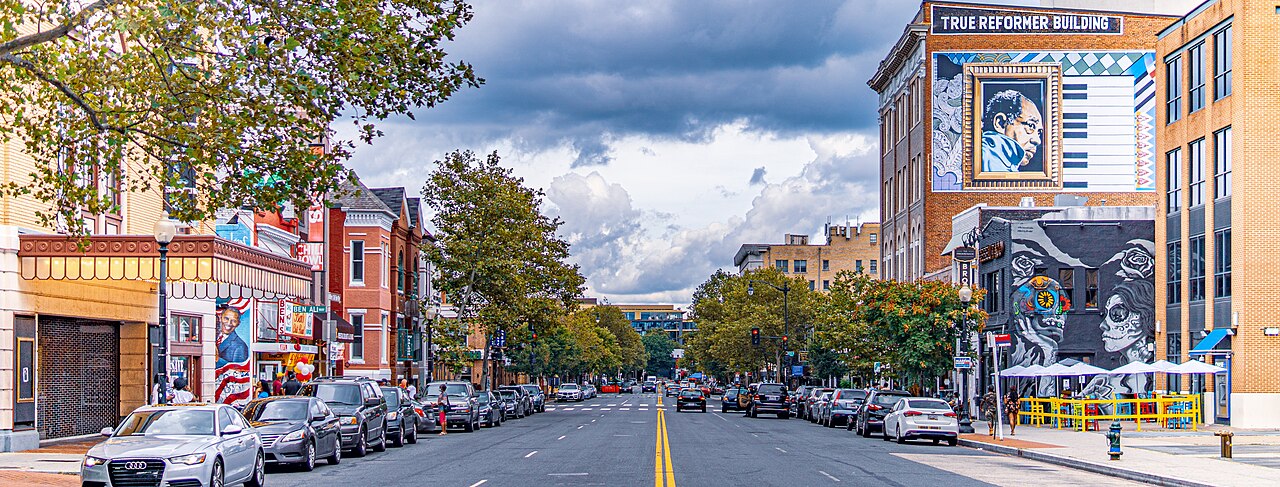
Washington, DC’s U Street corridor linked culture and classrooms. Howard University, chartered in 1867, anchored research and teaching, while the Lincoln Theatre drew crowds by 1922. The city became majority Black by 1957, shaping local policy and schools. Federal offices hired clerks during World War II, then again in the 1960s. Metro opened in 1976, connecting neighborhoods to archives and jobs. Go go music powered weekend stages, and rowhouses hosted print shops, barbers, and carryouts serving late crowds after rehearsals and services.
10. Baltimore’s Pennsylvania Avenue and Sparrows Point Sustain Neighborhoods
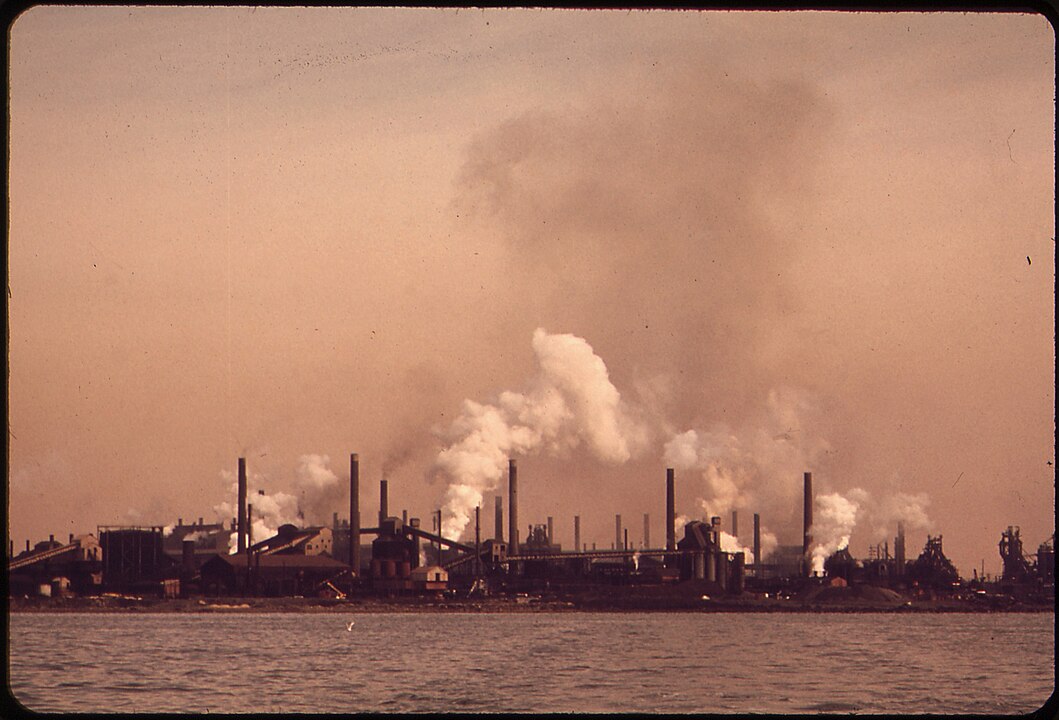
Baltimore’s Pennsylvania Avenue corridor and Sparrows Point paychecks sustained neighborhoods. The AFRO American Newspapers began in 1892, reporting on schools, housing, and voting drives. Bethlehem Steel’s Sparrows Point plant employed thousands by the 1940s, drawing migrants to Cherry Hill, a wartime community built in the mid 1940s. Street festivals and parades lined the avenue. By 1970, activists pressed for fair housing while bands kept weekend sets alive in community halls. Rowhouse stoops and crab houses stitched social life through humid July nights.
